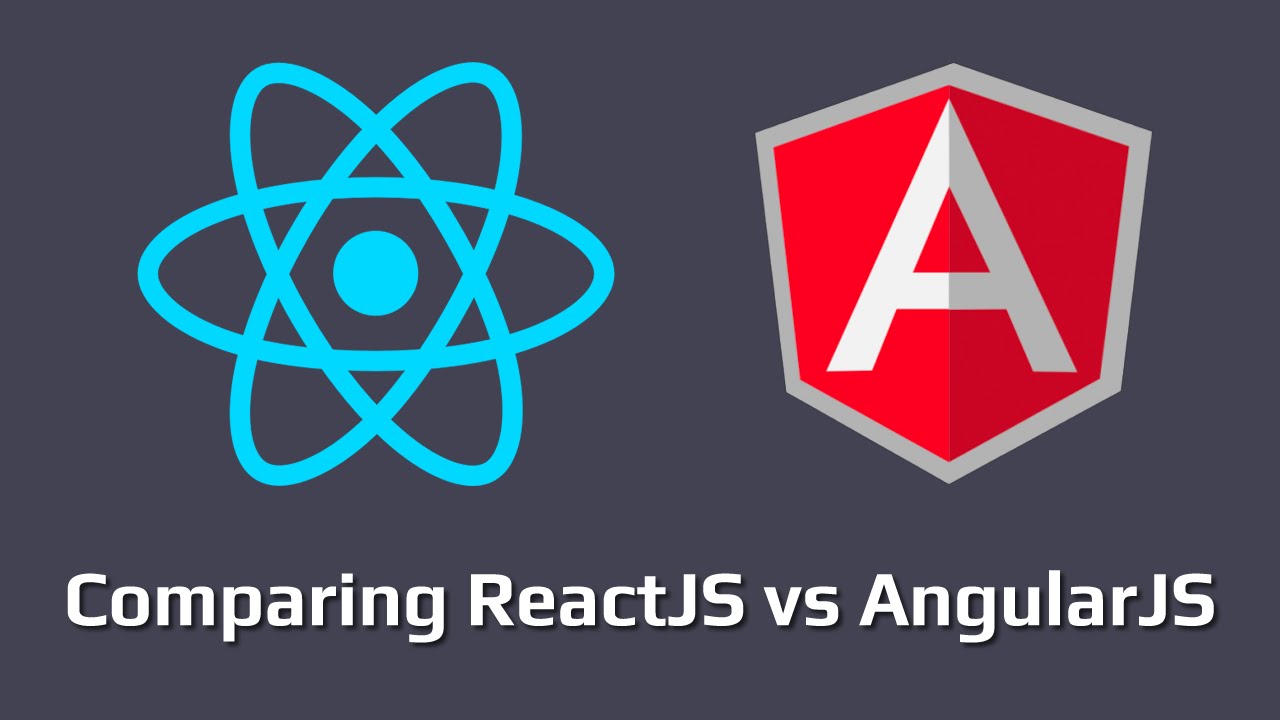AngularJS Or ReactJS It’s The Developers Choice

Launched in 2009, JavaScript frameworks allow you to build productive and extremely functional web apps and is considered one of the very best On the other hand, launched in 2013, ReactJS is a library for creating interfaces and has become even more popular. This opens the door for debating which one is the better choice for constructing a website or application. We’ll take each one and break down their strong points and weak points when it comes to structure, efficiency, dependency, data binding and templating.
Structure:
AngularJS was developed for high-end development and large projects. It does take time to learn and getting used to. It’s not the easiest tool to understand because of all the directives and controllers, but once achieved, it is capable of handling the most complex tasks. The framework is perfect for testing and final product as it doesn’t focus on a particular development stage. It manages big data flow in order to boost your server performance allowing you to eventually get a very interactive and smart web app.
On the other hand, most developers believe ReactJS is easier to use. It provides logical code writing and reduces your need to master difficult operations. It’s the best choice for composing applications because the elements act as program functions and operate very simply. ReactJS saves tons of time which is essential if you work with a number of elements.
Data Binding:
The foundation of AngularJS is its two-way data binding allowing you to control all possible changes in both model and view. Your application will run much more efficiently. The downside, large data flow and a lot of changes could be difficult to monitor over the course of time. Again, this is a tool that you must become proficient with and able to understand all its functions.
ReactJS has a one-way data binding which will let you track all changes and keep them in order. It features ReactJS Native, focusing on building mobile applications in iOS and Android. Another advantage for using ReactJS, is its Flux designed for handling vital data. ReactJS assists in the process of your project by offering only one control point.
Efficiency:
The performance of apps using AngularJS is its data binding. It operates using real DOM which means it doesn’t matter who makes the changes; the database or the user. Also, changes in the model are immediately emulated in the view and backward. In other words, all your files are brought up to date without your assistance.
Unlike AngularJS, ReactJS works with virtual DOM, changing the DOM tree with HTML code received from JavaScript elements. This gives you the ability to draw a browser page over, if necessary. You can then utilize those features to the real DOM.
Dependency Management:
AngularJS uses Dependency Injection enabling developers to add services to their modules. You can configure and test, organizing different modules. AngularJS has the “toString” function that locates all name variables of arguments and lists them.
ReactJS uses Inversion of Control for routing dependencies and ReactJS-di for Dependency Injection in components and handles dependencies much faster than AngularJS.
AngularJS allows you to build powerful directives but it’s syntax is very complicated. It uses both templates and tree template logic.
You only have to imply template logic in the template when using ReactJS.
That said, both AngularJS and ReactJS have their advantages and disadvantages. It’s up to you choosing which framework works best for you and your team ReactJS is a very simple library which offers a great deal of flexibility and much easier to us for existing projects. AngularJS, on the other hand, is a total framework which is the favorable platform for large enterprises. Though many developers believe 2.0, at this time, is much riskier.
Article is writtinen by experts from outsourcing development company Binariks.com located in Ukraine.





